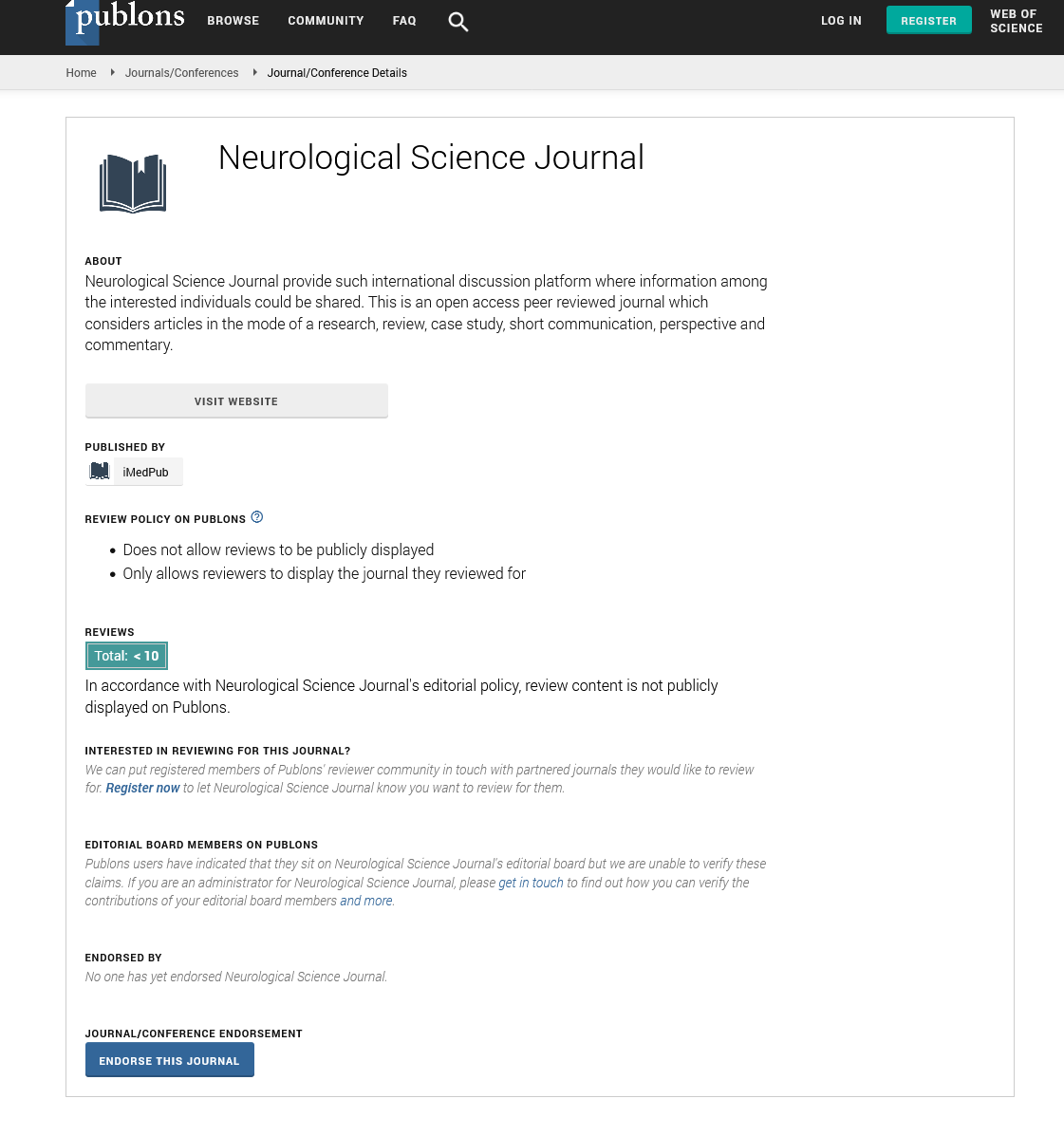Abstract
The Validation of Positive and Negative Rumination Scale among School Students
The Positive and Negative Rumination Scale was initially evolved among undergrads. In this examination, 718 school understudies (357 male, 359 female, 2 missing) with a normal time of 14.3 years (SD = 2.4; territory = 9-19 years) were selected from rudimentary and secondary schools in terrain China. They were arbitrarily part into two examples (ns = 361 and 357) for exploratory factor examination (EFA) and corroborative factor investigation (CFA). Results from exploratory and corroborative factor investigations affirmed the measure's 5 first-request and 2 second-request factors structure: Positive Rumination comprising of 2 first-request factors (i.e., Enjoy Happiness and Positive Coping) and Negative Rumination comprising of 3 first-request factors (i.e., Suppress Happiness, Self Deny and Negative Attribution). Besides, connection examinations gave proof to the subscales' differential legitimacy: Positive Rumination demonstrated positive relationships with positive markers of mental change (e.g., life fulfillment) and negative connections with negative pointers of mental alteration (e.g., gloom), though Negative Rumination demonstrated negative connections with positive markers of mental modification (e.g., life fulfillment) and positive relationships with negative pointers of mental change (e.g., discouragement). Also, all PANRS scores indicated agreeable dependability (Cronbach's alpha) and worldly security (test-retest). By and large the discoveries recommend that the PANRS is a dependable and substantial instrument to evaluate positive and negative parts of rumination among school understudies
Author(s): Hongfei Yang
Abstract | PDF
Share This Article
Google Scholar citation report
Citations : 11
Neurological Science Journal received 11 citations as per Google Scholar report
Neurological Science Journal peer review process verified at publons
Abstracted/Indexed in
- Google Scholar
- Publons
Open Access Journals
- Aquaculture & Veterinary Science
- Chemistry & Chemical Sciences
- Clinical Sciences
- Engineering
- General Science
- Genetics & Molecular Biology
- Health Care & Nursing
- Immunology & Microbiology
- Materials Science
- Mathematics & Physics
- Medical Sciences
- Neurology & Psychiatry
- Oncology & Cancer Science
- Pharmaceutical Sciences
